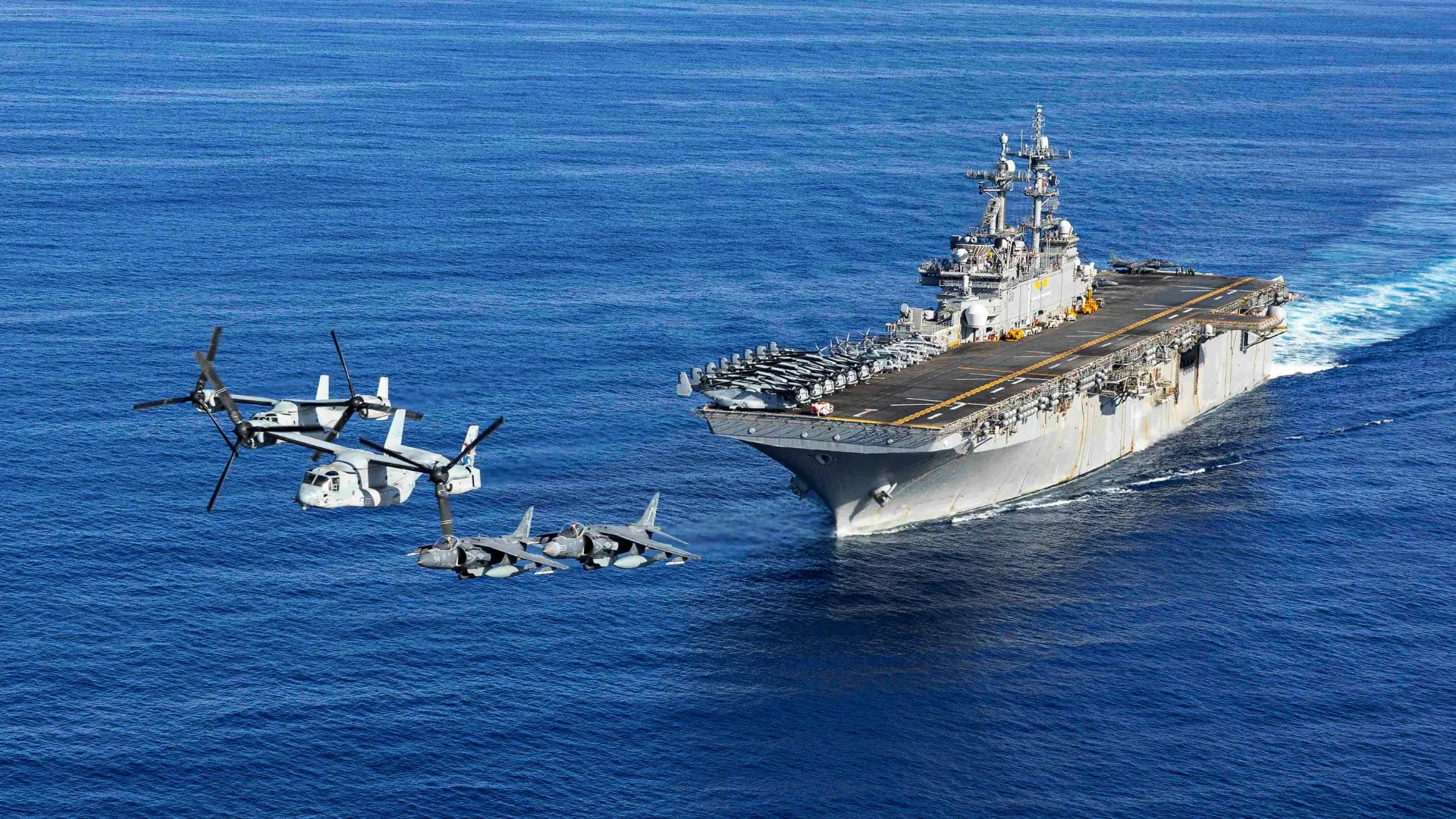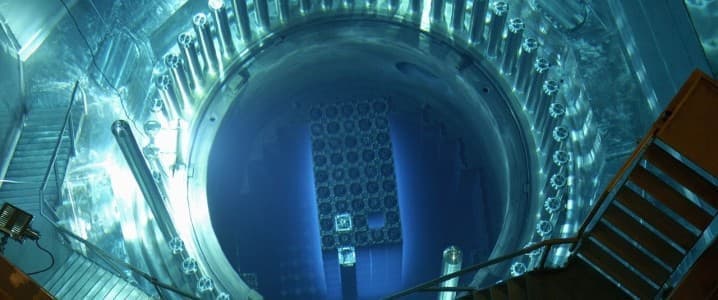Copyright Interesting Engineering

Italy will start studying the possibility of building the country’s first nuclear-powered aircraft carrier in 2026. This project is an important step in modernizing Italy’s Navy and could place the country among a few nations that operate nuclear aircraft carriers. The project, known as Portaerei di Nuova Generazione, or New Generation Aircraft Carrier, will be developed under a long-term plan by the Italian Navy (Marina Militare) that extends to 2040. The concept envisions nuclear propulsion, electromagnetic catapults, advanced cyber-protected systems, and fully integrating manned and unmanned platforms. Aircraft carrier built for sixth-gen fighters Admiral Enrico Credendino, the Italian Navy’s chief of staff, confirmed earlier this year that the design phase for a nuclear-powered carrier is being evaluated as part of the Navy’s future force plan. “All new Italian naval vessels will be designed to integrate unmanned systems and enhanced cyber defense capabilities,” Credendino said. Fighter selection for the new carrier remains open, with options reportedly including the US-built F-35C, a future US Navy sixth-generation carrier jet, or a navalized trinational Global Combat Air Program (GCAP) variant. If realized, the carrier would complement Italy’s existing Cavour and Trieste carriers, which operate F-35B fighters. The Cavour was commissioned in 2009, while the amphibious assault ship Trieste entered service in late 2024. Together, they provide the Navy with a dual-carrier capability for continuous operations and NATO interoperability. The feasibility studies will be conducted under the Minerva program, a €2.1 million research effort launched in 2023 by the Directorate of Naval Armaments. The program explores the use of compact naval reactors, each producing around 30 megawatts of thermal output, for submarines, destroyers, and potentially carriers. The consortium leading the effort includes Fincantieri, Cetena, Ansaldo Nucleare, Rina Services, and the University of Genoa. Fincantieri CEO Pierroberto Folgiero said the studies aim to ensure chemical and environmental safety, enabling nuclear-powered ships to dock in civilian ports. Nuclear propulsion, he added, would significantly enhance endurance, reduce fuel dependence, and support high-energy systems such as electromagnetic catapults (EMALS), directed-energy weapons, and next-generation radar systems. Nuclear energy push In parallel, Italy’s energy and defense giants, Enel, Ansaldo Energia, and Leonardo, established a joint venture called Nuclitalia in May 2025 to evaluate small modular reactor (SMR) technologies for civilian and military applications. The company, chaired by former Politecnico di Milano rector Ferruccio Resta, will study mature SMR designs and assess co-production opportunities to strengthen domestic expertise in nuclear technology. Italy’s interest in naval nuclear propulsion dates back to the 1950s. The Navy once pursued the Guglielmo Marconi nuclear submarine project, powered by a 30-megawatt pressurized-water reactor modeled after US systems. Still, the effort was abandoned in 1963 after Washington withdrew technical cooperation. The renewed push under Minerva revives that ambition under vastly different geopolitical and technological conditions. A nuclear-powered carrier would allow the Italian Navy to operate globally for decades without refueling, providing greater autonomy and operational flexibility. It would also free internal space for munitions, aviation fuel, and maintenance areas, enabling higher sortie rates. Admiral Credendino has highlighted the importance of affordable air defenses. He mentioned the ongoing work to tackle low-cost aerial threats using Leonardo’s radar and Oto Melara’s gun systems instead of expensive interceptor missiles. As tensions rise in the Red Sea and the Mediterranean, Italian forces are involved in Operation Aspides and NATO missions. The planned nuclear carrier could offer a reliable presence and strengthen cooperation with allies like France and the United States. If the studies go as planned, Italy could become one of a few countries, like the US, France, and China, that can design and run nuclear-powered aircraft carriers. This would represent a new step for the Italian Navy’s goals for blue-water operations.



